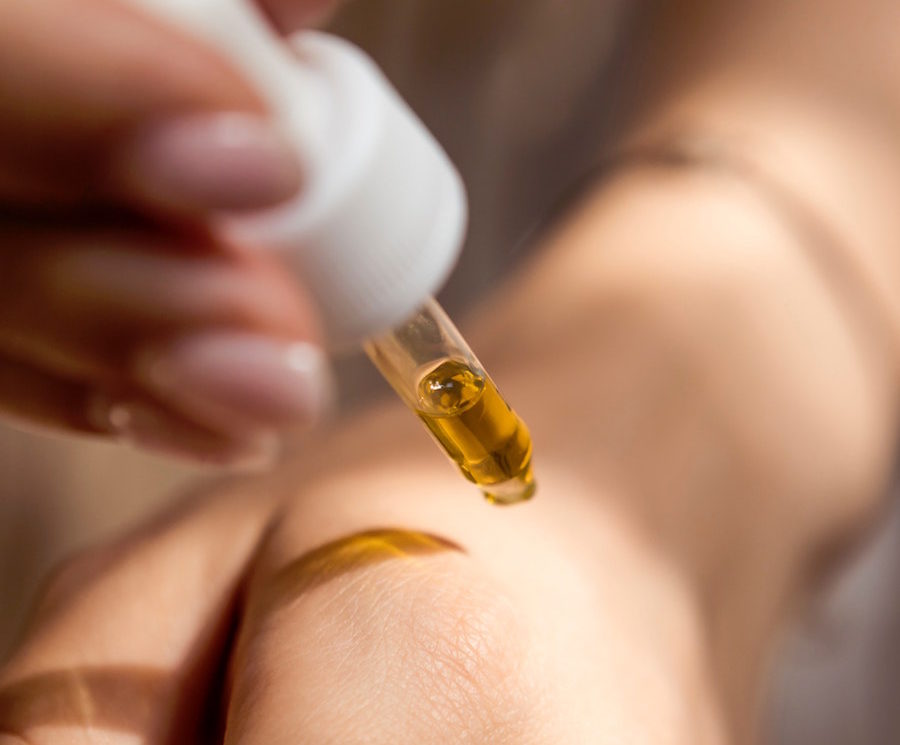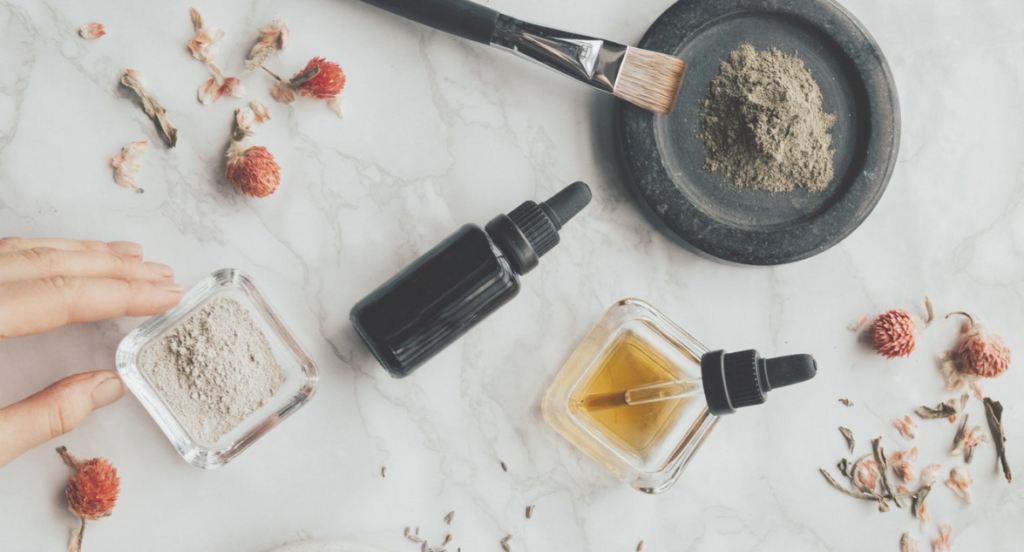
CBD Oil – Separating Fact From Fiction
While insanely popular and widely regarded as an alternative, natural treatment for many ailments, the true extent of the health benefits offered by CBD is still being explored and researched, which often results in misinformation about this amazing cannabinoid being spread.
In this article, we aim to obliterate these misconceptions and myths about CBD and educate you on the tremendous health benefits that this compound can offer you. Think of us as your own personal CBD fact-checkers.
The Confusion and Misconceptions Surrounding CBD
There is a whole lot of confusion and misinformation that exists out there with respect to CBD, its effects and the impact it has on the body. So much so that many are afraid to try it, based on inaccurate information. As a result, you may be missing out on tremendous relief and health benefits simply due to misinformation.
READ MORE: Cannabidiol Reduces the Anxiety Induced by Simulated Public Speaking in Treatment
With that being said, let’s explore some the truth behind some of the more common misconceptions to help ease your mind.
Myth #1 – CBD Is Non-Psychoactive and Medical; THC Is Recreational
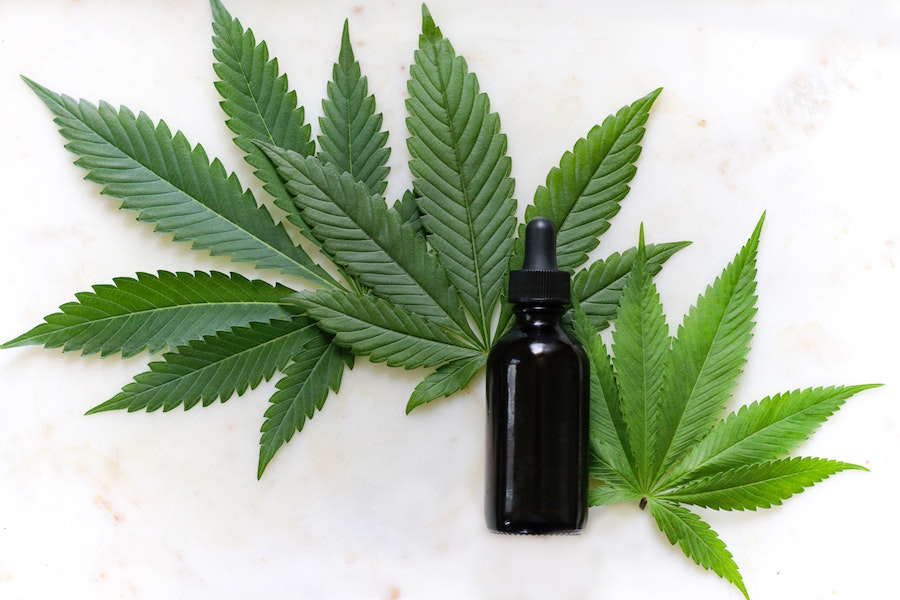
CBD has been classified as a “non-psychoactive” substance, meaning that it does not alter one’s consciousness. You may ask yourself how CBD could fail to impact consciousness when it has been shown to have anti-anxiety, anti-psychotic, anti-craving, altering and mood-elevating effects in human studies.
CBD clearly does impact our psyche, but it appears to impact us in beneficial ways. It does not impair mental or physical function in most consumers, even in very high doses. Thus, CBD can be considered psychoactive, but “non-impairing” or “non-intoxicating”.
READ MORE: Cannabidiol (CBD) — What We Know and What We Don’t
Myth #2: CBD is Sedating
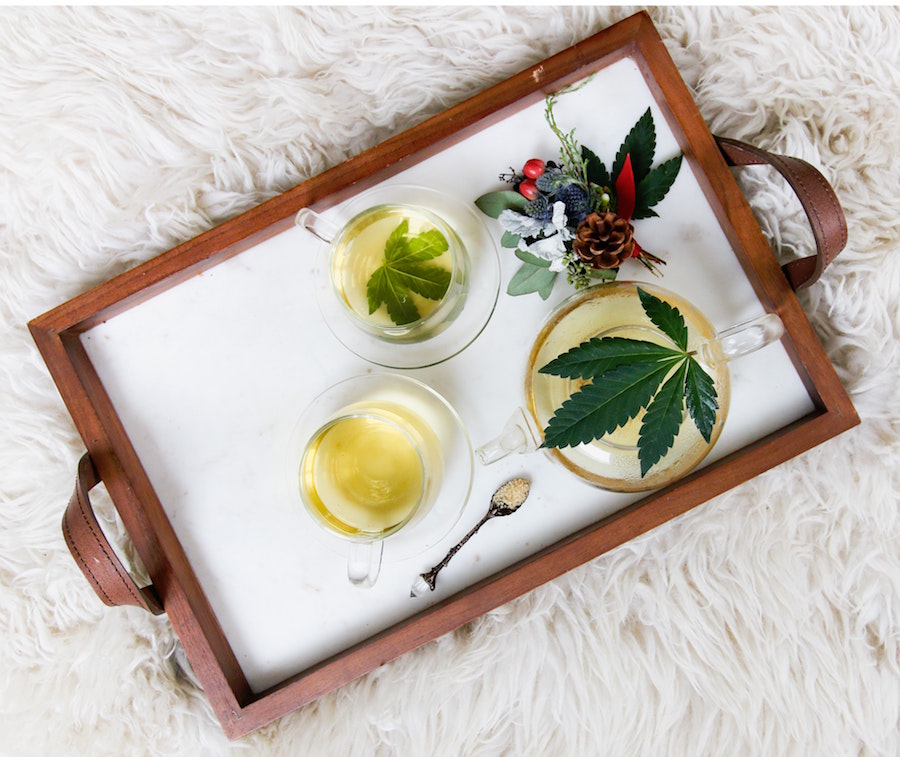 While early studies attributed a sedating effect to CBD-dominant cannabis preparations, CBD itself is not sedating; it is actually alerting. CBD has been shown to counteract the sedative effects of THC, delay sleep time, and reduce THC-associated “hangover.” Even very high doses of pure CBD, such as 600 mg in a single dose, have not produced a sedating effect in healthy subjects.
While early studies attributed a sedating effect to CBD-dominant cannabis preparations, CBD itself is not sedating; it is actually alerting. CBD has been shown to counteract the sedative effects of THC, delay sleep time, and reduce THC-associated “hangover.” Even very high doses of pure CBD, such as 600 mg in a single dose, have not produced a sedating effect in healthy subjects.
So then why the confusion? It may be that varieties of cannabis that contain high levels of CBD often also contain significant amounts of myrcene, a potentially sedating terpene. Some patients report that CBD can disturb their sleep. More often, many users will say that CBD makes them feel awake, but when they lay down and close their eyes, they can easily fall asleep.
READ MORE: Cannabidiol in Anxiety and Sleep: A Large Case Series
Myth #3: You Need to Take A Lot of it to Experience the Effects
Milligram for milligram, CBD is much less potent than THC at relieving symptoms. Studies that have used pharmaceutical-grade CBD to treat conditions such as anxiety, schizophrenia, and seizures have used hundreds of milligrams per dose. This would be unaffordable to most consumers. Lower doses, however, could be the answer. Some users report feeling more alert, focussed and clear-headed after using as little as 2-20 mg of CBD by mouth or after a couple of inhalations of CBD-dominant cannabis.
READ MORE: A Systematic Review of Cannabidiol Dosing in Clinical Populations
Myth #4: CBD Is the Same From Hemp, Medical Cannabis, Or Isolate
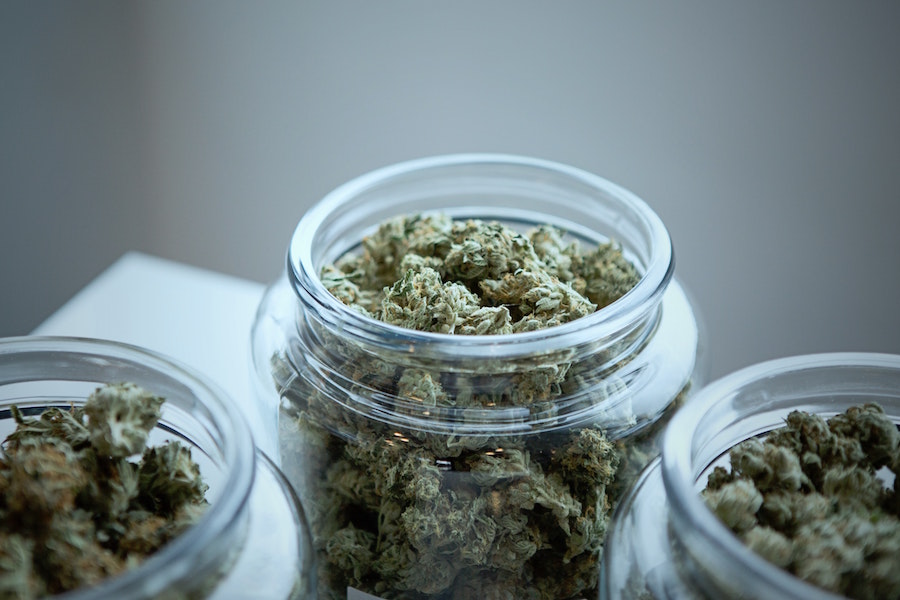
A molecule of CBD is the same, regardless of its origin in medical cannabis, hemp, or a laboratory. Do they have the same effects, however? Likely not.
While CBD is a remarkable medicine, it clearly works best in the context of its phytochemical brothers and sisters from the plant cannabis, especially THC. When used together, CBD can enhance the therapeutic effects of THC while reducing the adverse effects. Even very low levels of THC, plus additional components of the cannabis plant, seem to enhance the benefits of CBD on pain and inflammation, at least in one rodent study.
So, what’s the best source of CBD? Whenever possible, it is recommended to go the locally grown, artisanal produced, laboratory-tested products acquired through a legal medical cannabis program. Your best bet is to ask for detailed answers to your questions regarding quality control. Some companies will provide copies of laboratory analysis that correlates with the specific batch in question.
Myth #5: Cannabidiol Works By Activating Cannabinoid Receptors
We all have an endocannabinoid system as an essential part of life. It helps us respond to illness and injury, restoring balance at a cellular level. It is always functioning in our organs and tissues to keep us healthy. This system is thus a natural target for therapeutic interventions, including herbs, drugs and lifestyle modifications, in almost every disease known to man.
Both THC and CBD are similar in many ways. They both relieve pain, spasticity, nausea, anxiety, and seizures. Both also decrease inflammation. THC works like our body’s endocannabinoids: Both turn on the cannabinoid receptors and lead to cellular activities that restore physiologic balance. CBD does not directly stimulate the CB1 or CB2 receptors. Instead, when CBD comes into contact with these receptors, it actually turns down their activity level, causing a mild to moderate decrease in the effects of THC and endocannabinoid signaling at the CB1 receptor.
READ MORE: Cannabinoid Receptors and the Endocannabinoid System
You Could Be Missing Out On Tremendous Health Benefits
Now that we have cleared up some of the common misconceptions related to CBD and its effects, you may want to educate yourself further. Continue following us to get the latest articles and information relating to all things cannabis.
Blunt
As we continue to see the cannabis industry unfold and take flight before us, we strive to become the leading global provider of real-time, high-impact multimedia news, information, and entertainment. With our vast network of millions of users, including major influencers in the cannabis industry, we continue to deliver relevant, quality content to help educate and inform.

